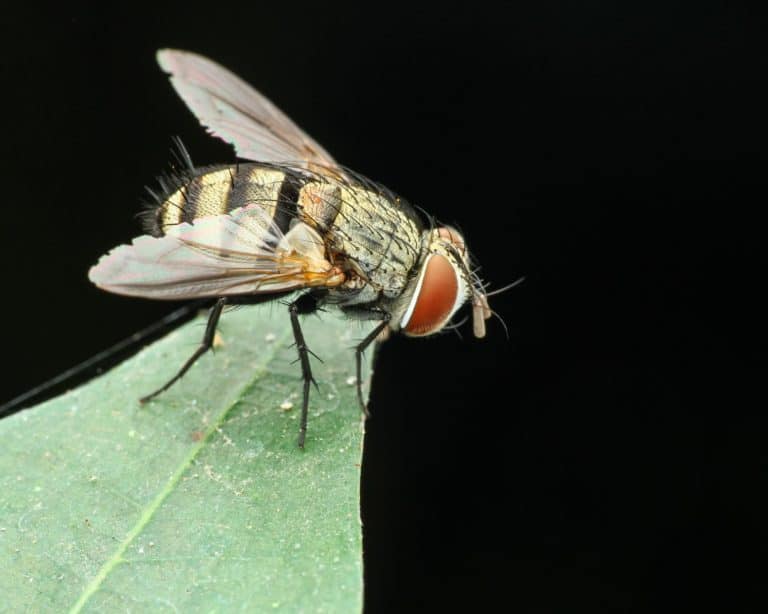Let’s talk FLY CONTROL. Why in March you ask, because this is when we need to get a grip on it, before it actually gets started.
So, lets start by asking ourselves, did last year’s fly control program work? How did you measure that process, or did you do like I did and evaluate it by well, for the most part we made it through the summer with no real challenges until we got to August and September and then HOLY COW, right? This is probably not the correct method to evaluate if the program worked on or not.
Let’s try to establish a method of monitoring and measuring our program this year. A few methods to monitor would be to use a calendar, dry erase board, or spot cards to chart and monitor. Spot cards are putting blank white pieces of paper in an area you can see fly droppings. The more fly spots you have on a card the more fly control you will need. Now you have a guess on what did or did not work this past year. We know that an IPM approach to fly control will be more effective than using a single strategy. The parts of an IPM program are:
- Cultural Control- Practice Sanitation: Use sticky tapes, paper and ribbons: Maintain a fly-free environment in the milk /mixing room; Prevent flies from coming from another source or leaving from the calf facility.
- Biological- Natural Control; fly wasp- multiplying this process multiple times per month, I am honestly not a fan of poultry in the barn, but they do pick out larvae from the bedding pack.
- Chemical Control: these include space sprays, bait stations, larvicides, residual premise sprays and whole animal sprays
Experience on dairy farms has shown that an IPM approach to fly control that includes combinations of cultural, biological, and chemical methods will be most cost effective in keeping fly population below harmful levels.
Selecting and Scheduling fly control methods;
The easiest way to control flies is to keep the area dry and manure cleaned up within a timely manner.
Get rid of the manure, starter, and moist hay. Immature flies live in waste and depending on temperature, will mature in 10-21 days. Routine weekly removal of items already mentioned will break that fly cycle and depopulate your calf facility.
So, then you need to decide what products you will be using and how often do they need to be reapplied or repopulated.
Whatever you decide to do, decide early and keep on it through late fall to help maintain and kill for the next years cycle. If you choose to incorporate a sanitation procedure with fly control which is best practice, Calf Star has a product called HabiGuard, this will help not only sanitize but dry out the environment when you apply it.
Simple one step event: Clean & wash area, let area dry, then apply the powder and bed over top. HabiGuard is a powder that is Chlorine Dioxide based. When moisture is present this product generates a dual oxidation process and accelerates maximum hygiene activity.
Check out our Website for more information on all our Chlorine Dioxide products.
Minnie Ward
Calf Star
507-259-6534

